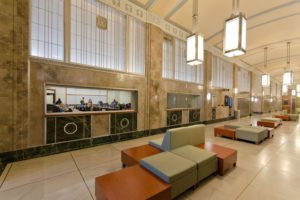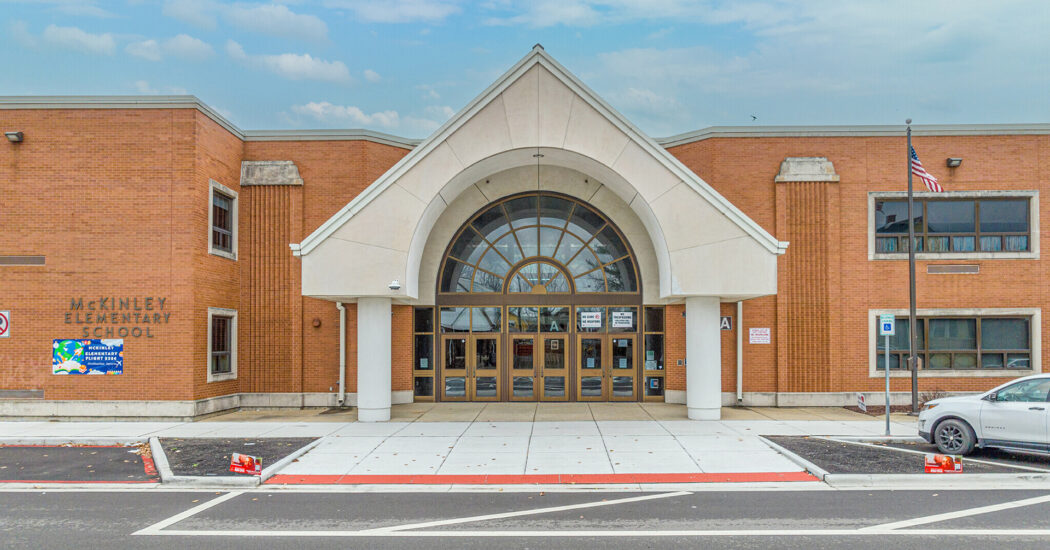Sympathetic Design
-
Category
Studio-Higher Ed, Innovation -
Posted By
Sarah Hempstead -
Posted On
Aug 08, 2017
Towards A More Sympathetic Aesthetic
In so many situations when designing for the higher education facilities, the values of context and continuity are every bit as important as the desire for the cutting edge. The art form is to harmonize the old with the new, without tensions, so as to create a worthy next chapter in the unfolding campus story.
Sometimes, What You Don’t Notice Is As Important As What You Do See
Many higher education institutions face a continuing design conundrum. Their challenge is to reconcile a built environment that was created in part before the telephone and the automobile with the demands of a future in which technology advances are moving at the speed of thought; a future where, without skilled planning, obsolescence can occur in months instead of decades. This complex challenge is one that the Schmidt Associates’ Higher Education team positively relishes. Our approach is to extract the best of what our clients already have today, and then reconcile it with a very clear vision of what they are going to need tomorrow.
The pressures can seem irreconcilable at first sight. A signature science building that was on the bleeding edge of possibilities the day it opened is now in its ninth decade, delivering knowledge that didn’t exist when it was being designed. A business school for a globalized twenty first century needs to make its home in a civic building originally created to administer law that was drafted in the nineteenth century. Can such apparently opposed purposes even sit physically alongside one another, let alone give rise to an acceptable aesthetic?
Yes, they can. And the result is something that, simultaneously, users do and do not see. They do not see a clumsy intervention or a brutally evident repurposing. They do see a physical form where there is no discontinuity – no “join” – between the old and the new, between yesterday and tomorrow.
Making The Whole Greater Than The Sum Of Its Parts
The campus context is complex: the old bestows kudos while the new fosters curiosity and drives up profile. Every successful design project will identify the parts and create a new whole that is different and distinctive, yet congruent and comfortable.








